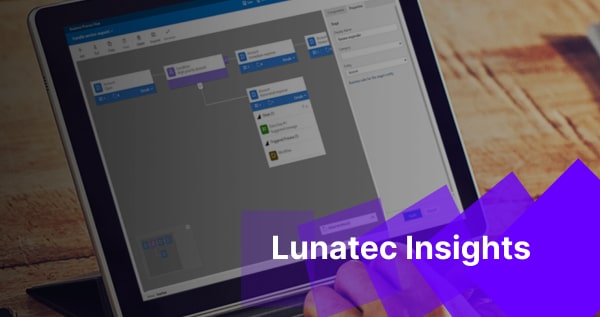Conversational AI (CAI)
Why Conversational AI (CAI)?
Unstructured free text data is often a challenge when automating business processes.
Conversational AI offers powerful tools to deal with unstructured text data, whether written or spoken, in real time (such as chat or phone calls) or stored (such as emails, tickets or voice memos).
What are the advantages of Conversational AI (CAI)?
Round-the-clock inquiry processing
- CAI is available to internal and external customers 24/7. This increases customer satisfaction and can, for example, increase lead conversion rates by up to 700%.
Adaptation to changing customer preferences
- Most customers today expect live chat functions on websites, with 30% preferring this function to telephone calls.
- Fast response times increase customer satisfaction while having a positive impact on brand perception and reputation.
Unlimited scalability
- Handle large volumes of customer interactions without increasing labor costs.
- Free up valuable human agents and allow them to focus their attention on higher priority tasks instead.
Omni-channel customer experience
- CAI can link conversations to the relevant customer details, even if they start on one platform and continue on another platform or channel.
- Automatically store details in the customer profile so they are available regardless of which human agent takes the case.
How does Conversational AI (CAI) work?

Language to text & Text to language
Speech-to-text, also known as Automatic Speech Recognition (ASR), is a technology that aims to convert spoken language into written text. This technology enables computers and software to “hear” human voices and process them into text form. Speech-to-text is useful in many applications, such as voice assistants, subtitling of videos and transcription of audio recordings.

Natural Language Understanding (NLU)
Natural Language Understanding (NLU) is a subfield of artificial intelligence (AI) and computational linguistics. It deals with the processing and interpretation of human language, known as “natural language”, by computers and software. In contrast to programming language, which has clearly defined rules and structures, natural language is much more complex, as it contains ambiguity, irony, context and various linguistic nuances.
The goal of NLU is to give computers the ability to grasp the content, meaning and intentions behind human texts or spoken words. This makes it possible to create human-like interactions between humans and computers and helps in the development of applications.

Natural Language Generation (NLG)
Natural Language Generation (NLG) is a branch of artificial intelligence (AI) and computational linguistics that deals with the automatic generation of texts or spoken language by computers. The aim of NLG is to generate human-like texts that are correct in content, grammatically correct and coherent. This technology is used in a variety of applications, such as chatbots, automated news articles, personalized emails or product descriptions.

Conversational Flows
Conversational flows are structured dialogs designed to control interactions between users and chatbots or voice assistants. They include the definition of possible conversation paths, user inputs and system responses to enable effective and natural communication. Conversational flows are crucial for the development of user-friendly and intuitive chatbots or voice assistants.
Exemplary use cases
- Automation of customer service requests
- Automation of shared service contact centers / support requests / IT help desks
- Automation of recruitment requests
- Automation of employee self-service (digital on-boarding, working hours, vacation and sick days)
Provision of real-time information for e.g. credit offers, customer profiles, financial products
Our technology partners
Our technology partners







